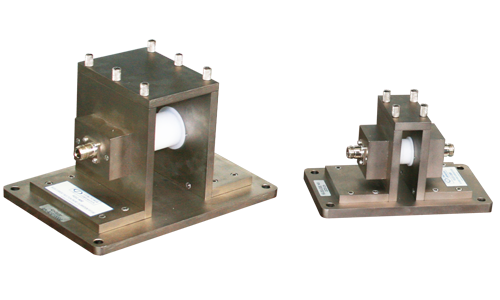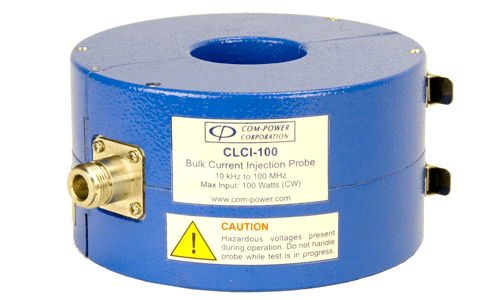Current probes are used in EMC Testing for RF current measurements, there are two types of RF current measurements made with these current probes which are simply clamped on to the cables under test, that

Com-Power’s Current Probe and Bulk Current Injection (BCI) Probe Calibration Fixtures are each designed to accomodate the exact physical dimensions and electrical properties of the respective probe with which it is intended to be used (see c...

Com-Power Current Injection Probes are used for RF conducted immunity testing per IEC 61000-4-6, CISPR 16-1-2, RTCA DO-160 and MIL-STD 461. Current injection Probes are to be......
Other EMC Test Equipment
- Absorbing Clamps
- Antenna Kits
- Antenna Masts - Automated and Manual
- Antennas
- CDNs - Coupling Decoupling Network
- Comb Generators
- Conducted Immunity Test Systems
- Current Monitor Probes
- EM Clamps
- Feed Through Capacitor
- ISNs - Impedance Stabilization Network
- Line Impedance Stabilization Networks
- Magnetic Field Generator
- Near Field Probes
- Power Amplifiers
- Pre-compliance Emissions Test Systems
- Preamplifiers
- RF BCI Probes, Calibration Fixtures
- Spectrum Analyzers
- Surge Generators
- System Controllers
- Transient Limiters
- Tripods For EMC
- Turntables
